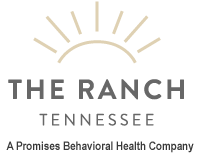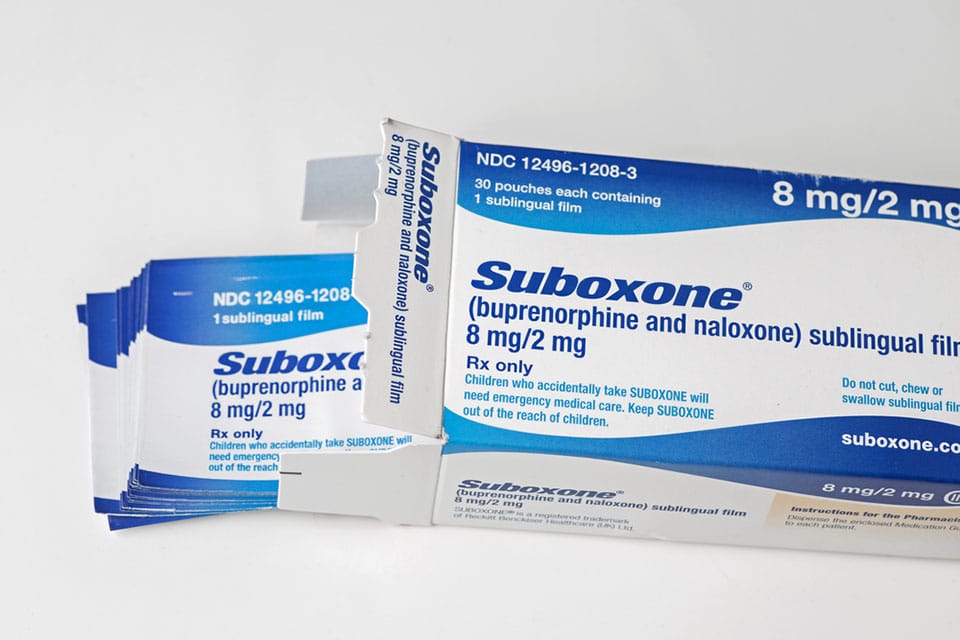A new study finds that 43 percent of American counties do not have a doctor credentialed to prescribe buprenorphine, a drug used in the treatment of heroin and other opioid addictions. Buprenorphine is an opioid-based medication that doctors prescribe to control withdrawal symptoms in people recovering from an addiction to heroin or other powerful opioid substances. But despite this medication’s proven effectiveness, access to buprenorphine across the U.S. is pretty hit or miss. In a study published in August 2014 in the Journal of Substance Abuse Treatment, researchers from several U.S. institutions examined the impact that state-level policies on buprenorphine use can have on the availability of the medication for the average treatment program enrollee.
Opioid Addiction
Opioid addiction is the term addiction specialists and other health professionals use to describe the combination of a physical dependence on an opioid drug or medication and involvement in an uncontrolled, damaging pattern of opioid consumption. When used repeatedly, all opioid substances — including illicit/illegal drugs and medications — are capable of triggering opioid dependence and opioid addiction. While many people associate opioid addiction with the powerful opioid drug heroin, people in the U.S. have considerably higher chances of developing dependence/addiction problems associated with the use of a prescription opioid medication. Current medical guidelines in the U.S. combine the diagnosis of opioid addiction and the diagnosis of opioid abuse as overlapping indications of a single condition known as opioid use disorder. This approach, adopted in 2013, stems from the fact that people dealing with opioid abuse and people dealing with opioid addiction often have certain key symptoms that closely resemble one another or appear in essentially identical form. Affected individuals must have at least two symptoms of opioid abuse/addiction and may have as many as 11 symptoms.
Buprenorphine
Buprenorphine is not as strong as heroin or several other well-known opioid substances. This means that, while the medication can produce a “high” in people not used to consuming opioids, it has a much weaker impact on people dealing with opioid addiction. In a treatment setting, doctors rely on this weak but significant opioid effect to help people in the initial stages of recovery cope with the effects of opioid withdrawal, a highly unpleasant process that can seriously increase the risks for a relapse back into uncontrolled opioid consumption if not properly controlled. Essentially, buprenorphine provides enough of an opioid effect to “take the edge off” the withdrawal process, but does not provide enough of an effect to promote a relapse. When used in opioid addiction treatment, the medication comes in the form of a tablet that gradually dissolves under the tongue. Some buprenorphine products contain naloxone, a secondary active ingredient that reduces the risks for buprenorphine abuse by placing a time limit on the medication’s window of effectiveness.
Effect of State Policies
Since buprenorphine is an opioid substance, prescribing doctors must obtain documents called waivers that provide them with legal access to the medication. In the study published in the Journal of Substance Abuse Treatment, researchers from the RAND Corporation, the University of Pittsburgh, the Department of Veterans Affairs and Penn State University used data gathered over a period of four years (2008-2011) from a nationwide network called the Buprenorphine Waiver Notification System to determine how many doctors across the U.S. have obtained a buprenorphine waiver. Specifically, they looked at the number of buprenorphine-waivered physicians per 100,000 people in each U.S. county. The researchers also assessed the impact that state-level policies have on the number of properly waivered doctors in any given county. After analyzing their data, the researchers found that 43 percent of U.S. counties don’t have a doctor licensed to prescribe buprenorphine. In addition, less than one in 10 counties (7 percent) has at least 20 doctors licensed to prescribe the medication. The researchers concluded that state-level policies that clearly outline the requirements for prescribing buprenorphine in a doctor’s office tend to increase the availability of the medication in any given county. Conversely, states that attempt to encourage buprenorphine use through established methadone clinics tend to have fewer licensed doctors and a lower level of medication availability. The study’s authors cite additional factors that increase the availability of buprenorphine, including a relatively high rate of opioid overdose-related death in a given region and county-level policies that include buprenorphine use under Medicaid coverage. The authors believe that all states should consciously and deliberately adopt policies that favor widened availability of buprenorphine for people undergoing opioid addiction treatment.



